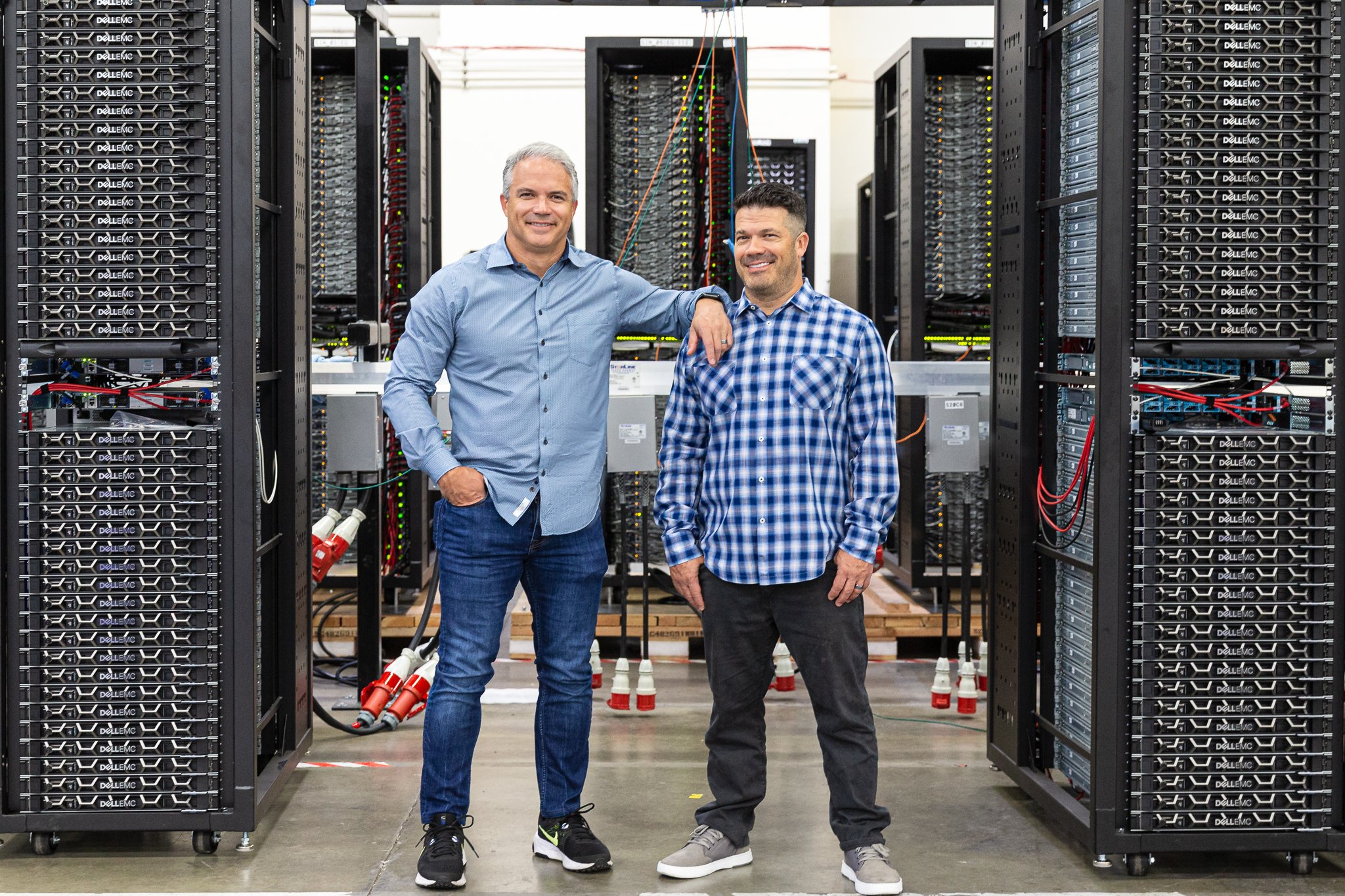In less than eight years, Kubernetes has become the predominant solution for software teams—and for a good reason.
As enterprise applications have become more complex, Kubernetes has made managing that complexity much easier. Not only are problems easier to avoid and remedy during the development process, but the entire process is also accelerated.
But in order to effectively utilize Kubernetes throughout your organization—and not just here and there, with certain development teams—it’s important to develop a strategy for its widespread adoption.
That strategy begins with a thorough understanding of where Kubernetes may already be at use within your organization. It also means a bit of prediction, namely how your organization will be using Kubernetes in the future.
Focus on how you want to employ Kubernetes
Every good Kubernetes strategy needs to take into account your goals with the technology.
For example, if your top priority is to use Kubernetes—and containers—as a means to reduce your overall infrastructure costs, the focus of your strategy should be on utilizing big clusters that can be densely packed.
If, however, your aim is to dramatically speed up your development process, your approach should be about increasing your flexibility and providing more tooling around Kubernetes, like CI/CD integration.
How do you find and prioritize your goals? That takes a bit of imagination since the path you eventually take with your strategy will depend on how you believe your organization will be using the technology 5,10, or even 15 years from now.
One thing to keep in mind as you attempt your predictions is that the usage of Kubernetes is still evolving. Currently, the technology is thought of as a tool to run datacenter and cloud workloads, however, usage is quickly expanding.
In fact, the future of Kubernetes is likely one where it will be used to run applications in any infrastructure, such as single-node devices like point-of-sale stations in retail stores, portable medical equipment, and even vehicles.
Take training into account
As you craft your strategy, one key area to pay attention to is how you will train teams to use Kubernetes.
Chances are you have team members already well-versed in containers and microservices. But in order to successfully build out your Kubernetes capabilities throughout your team, you need a
process in place to bring team members up to speed regardless of their current skill level.
One approach is to set goals for training across your teams, complete with certification.
Tools like SUSE Rancher provide Kubernetes training, including two big certifications from the Cloud Native Computing Foundation (CNCF).
The first is the Certified Kubernetes Administrator, which is focused on those managing Kubernetes clusters. The other certification is the Certified Kubernetes Application Developer, which trains team members to build and run applications on Kubernetes.
Find the right platform
The flexibility of Kubernetes allows it to plug easily into various Container Management Platforms (CMPs). There are a number of these platforms on the market, and choosing which one to go with often comes down to your preference.
Still, any CMP you use should work with your entire cloud-native stack in some form or function. This stack includes:
- An app catalog
- CI/CD
- Monitoring and logging
- Access control
- Orchestration and scheduling
- Service mesh
- Security
- Container registry
- Container engine
- Network and storage
- Compute infrastructure
Another decision around your choice of CMP is how you will be operating the platform. Many of them (like, again, SUSE Rancher) are open source, so you have the freedom to experiment with them until your team finds one it is comfortable with.
If your organization doesn’t want to have the resources to find and manage an open-source option, managed versions are often available.
 Build and plan and go
Build and plan and go
Like any new technology, adopting Kubernetes is a process.
You’re likely to stumble many times along the way. But, with a sound strategy in place for deploying Kubernetes across all operations, you’ll be in a much better position as you expand the adoption of the technology in your organization.
To learn more about Kubernetes, or for guidance on adopting the technology at scale in your business, contact one of our experts.
















